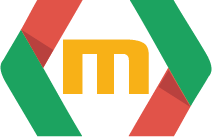Tract
A personal project to create a solution for transportation in St. Vincent and the Grenadines
My Role:
Researcher and Product Designer.
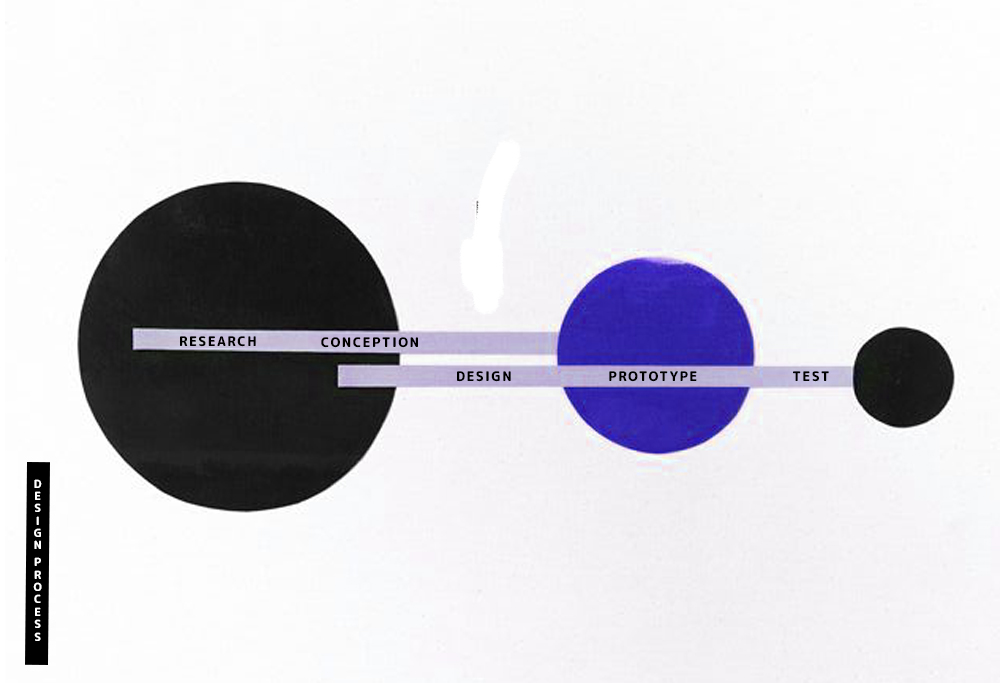
The Product:
Tract is a mobile tracking app to allow users know the whereabouts of buses according to their preferences.
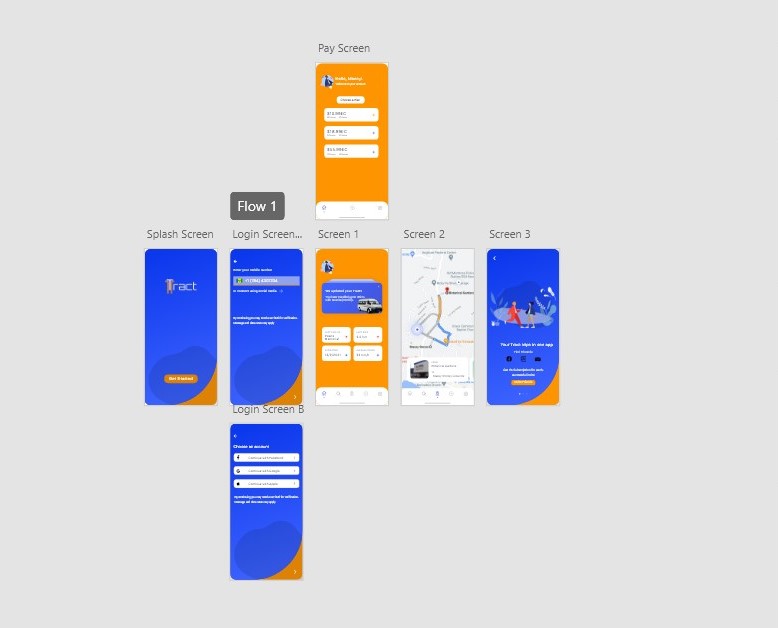
We are in an era were imagining using a public transport without information on bus schedules and routes seems so unreasonable. There are many constraints bound to the cultural background of the region. For example, the use of coins / cash as the sole payment method for payment for bus rides, public transport stops running at a particular time or over cramming of people in the bus so as to make an extra buck.
Dealing with all those disparities requires a system and well thought out plan. Unfortunately, there is currently not much assistance on this matter. That's the challenge set out to overcome by finding a way to design a mobile solution that might fit this archaic system of transportation and propose a new concept of building a public transportation for a highly touristic cities in the region.
This case study describes the process went through when designing this app as well as define its functionality based on insights derived along the way.
The Problem:
The inefficiency in transportation as commuters have to wait long periods for bus arrivals leading to chaotic schedules and crowded bus stops, an outdated transport system.
The Goal:
- Provide a simple solution for users to track selected buses to meet their daily commute needs as there were no other alternatives in the area.
- Decrease wait times at bus stopes by 20%.
- Create a revenue stream for sustainability.
- Increase user satisfaction by 10%.
Research Summary:
To get user perspectives, I created a screening survey to filter out participants who were not relevant to the research based on a few criteria. After computing the results, I interviewed 5 participants from, and I also carried out phone interviews on 5 other individuals The inquiry goal was to empathize with them and have detailed knowledge about their pain points, I kept the questions open-ended and documented the answers and observations during the interview. I got to know users' expectations and understand the problem people face while trying to commute with local buses.
Also performed a competitive usability study on other market share holders in the industry around the world as to account for people who have experienced their usage either from travelling abroad or coming in as tourists. Data gathered helped in informing decisions as they were used to brainstorm ideas on how to tackle the problem. The insights were all grouped into themes and then weighted against constraints due to limited resources.
Discovery:
Due to the lack of an existing quantifiable system a full benchmark analysis relevant for this project was not possible, we had to focus on the experience with other systems in other regions of the world. Hence the decision to build the functionality of the app by conducting contextual inquiry on locals who regularly use the public transport as well as tourists from countries like the USA, UK and Canada, reading users feedback on similar apps on the Apple and Google app store.
For initial benchmarking we did a survey to gather data and gauge the current system on desirability, satisfaction and during the contextual inquiry measure typical wait times on different days.
We commenced the project by outlining two main target groups: tourist and locals. So had to design a solution that worked efficiently
for both of them i.e. the solution needed to be easy to understand for local users but familiar for the tourist users (Jakob's Law).
User Insights:
User pain points was in regard to time and organization as users had to wait long periods of time at bus stops and due to this uncertainty could not plan their days this was especially true for parents who were workers and students who had to leave very early and return home late. For the tourists they generally didn't know the city well, and getting to desired destination.
Persona
After creating several other persona's I decided to analyze the similarities between then and merge them into 2 personas. And for this flow I focused on Shammah as it was one other most feasible flow based on the personas I generated.
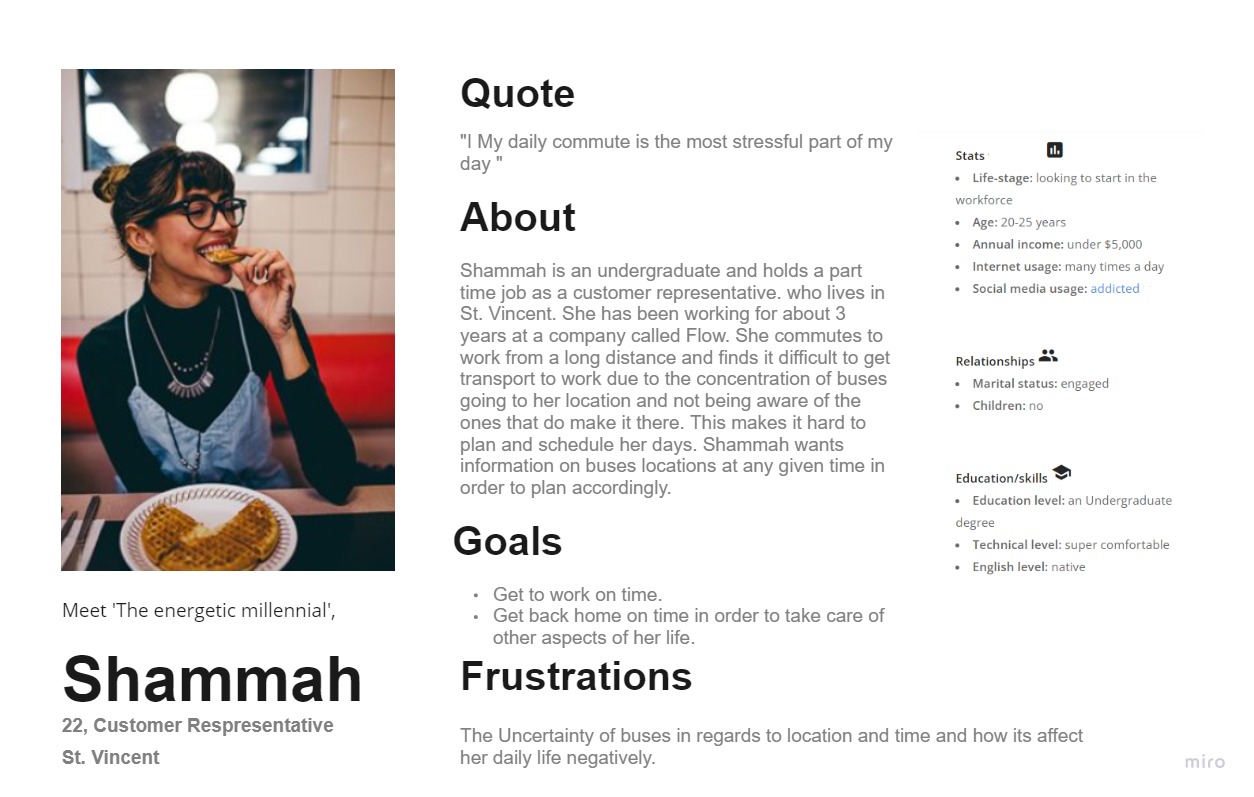
Design:
Designs were made in small batches in several one sprints. Started off with understanding the user needs and then brainstorming ideas, ultimately arrived on a mobile application that tracks buses through a hardware on the buses providing real time information to user app interface.
The premise of the design was based on the idea of utilizing the mobile phone GPS system to triangulate the location of the vehicles and then receive that information and display real time for users.
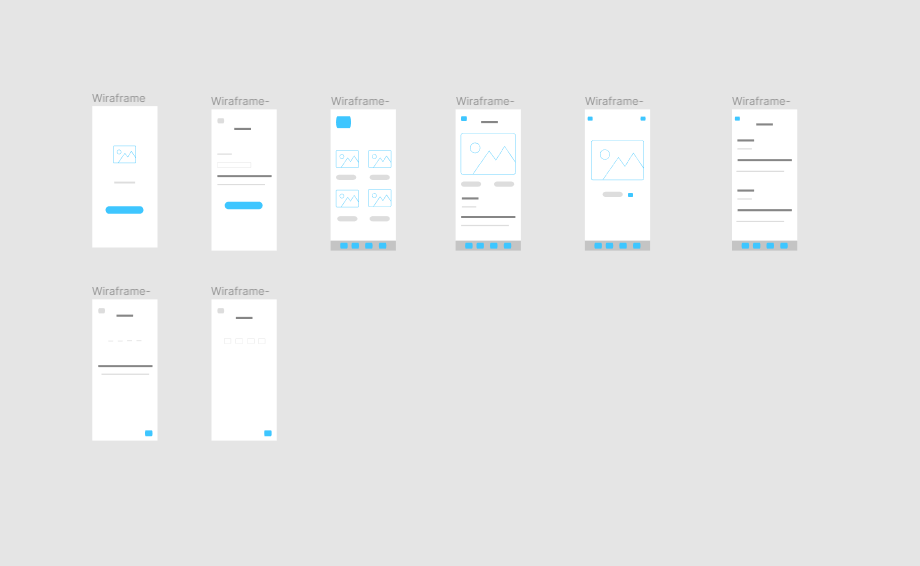
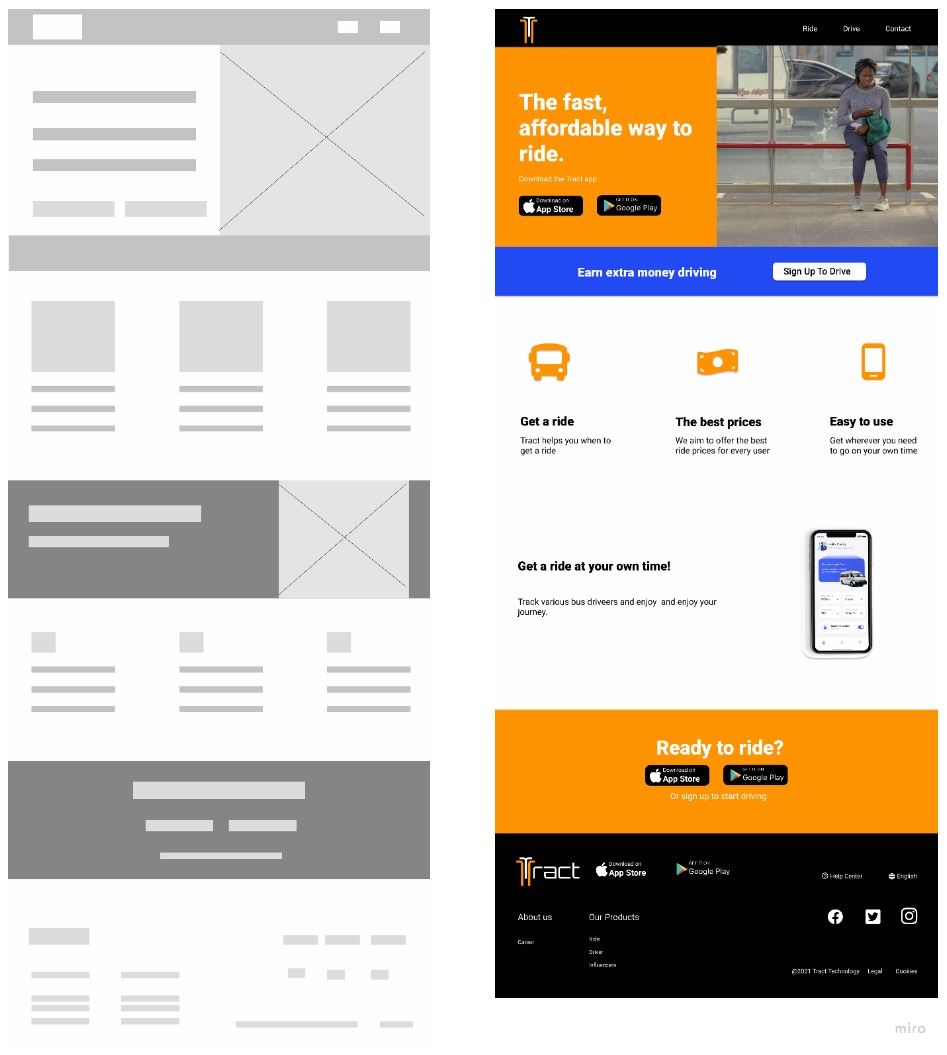
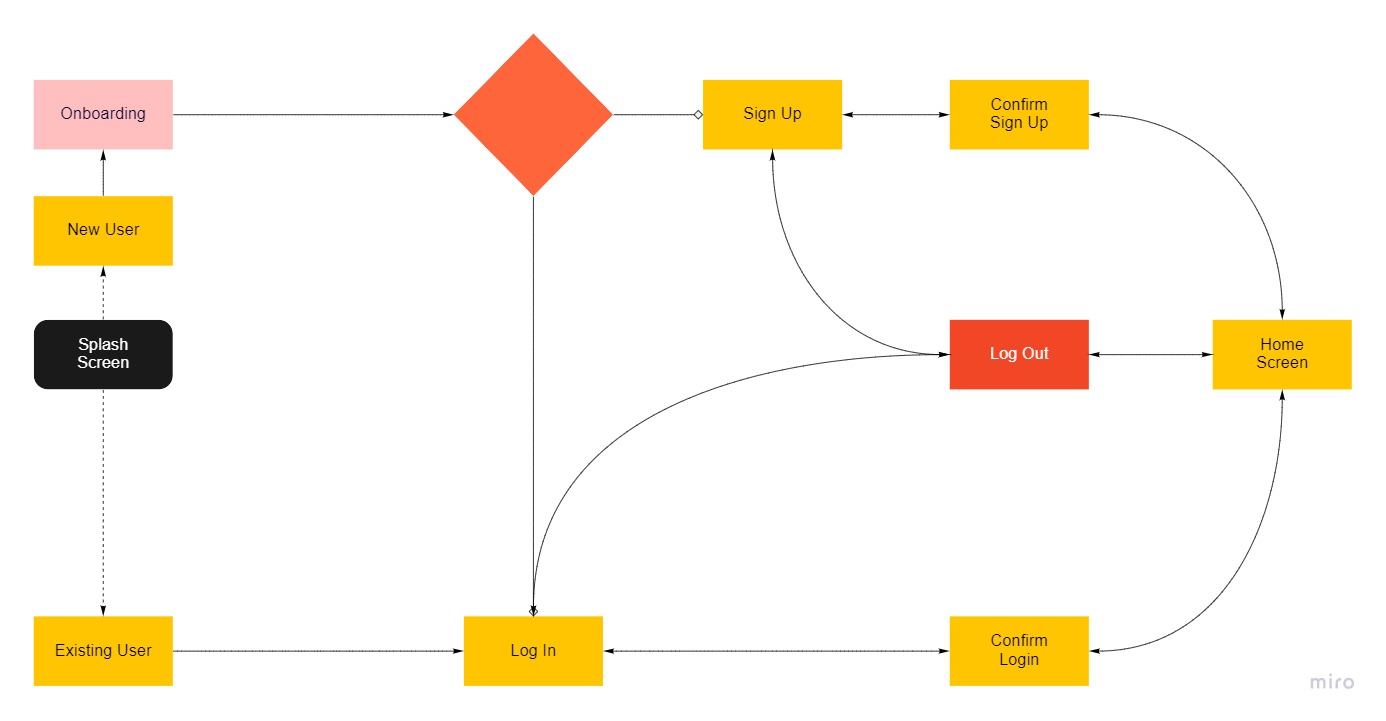

Affinity Mapping
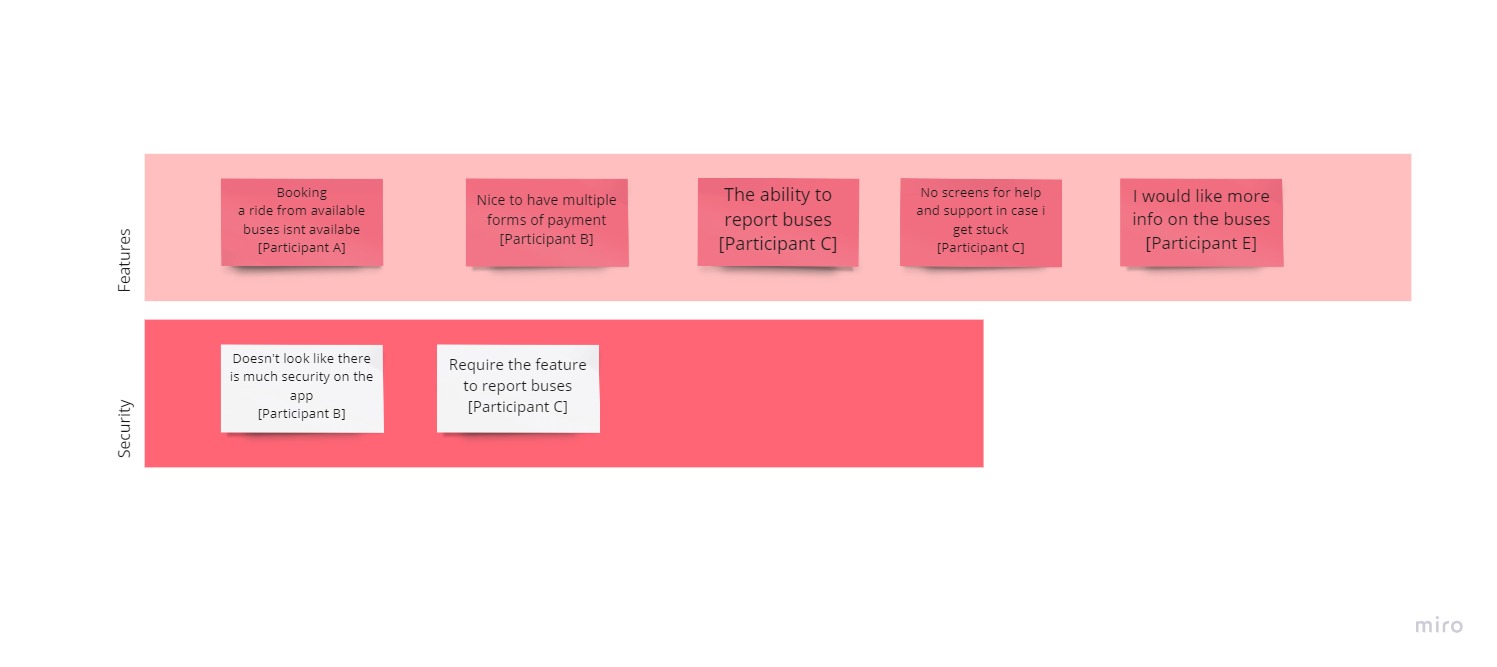
Prioritization
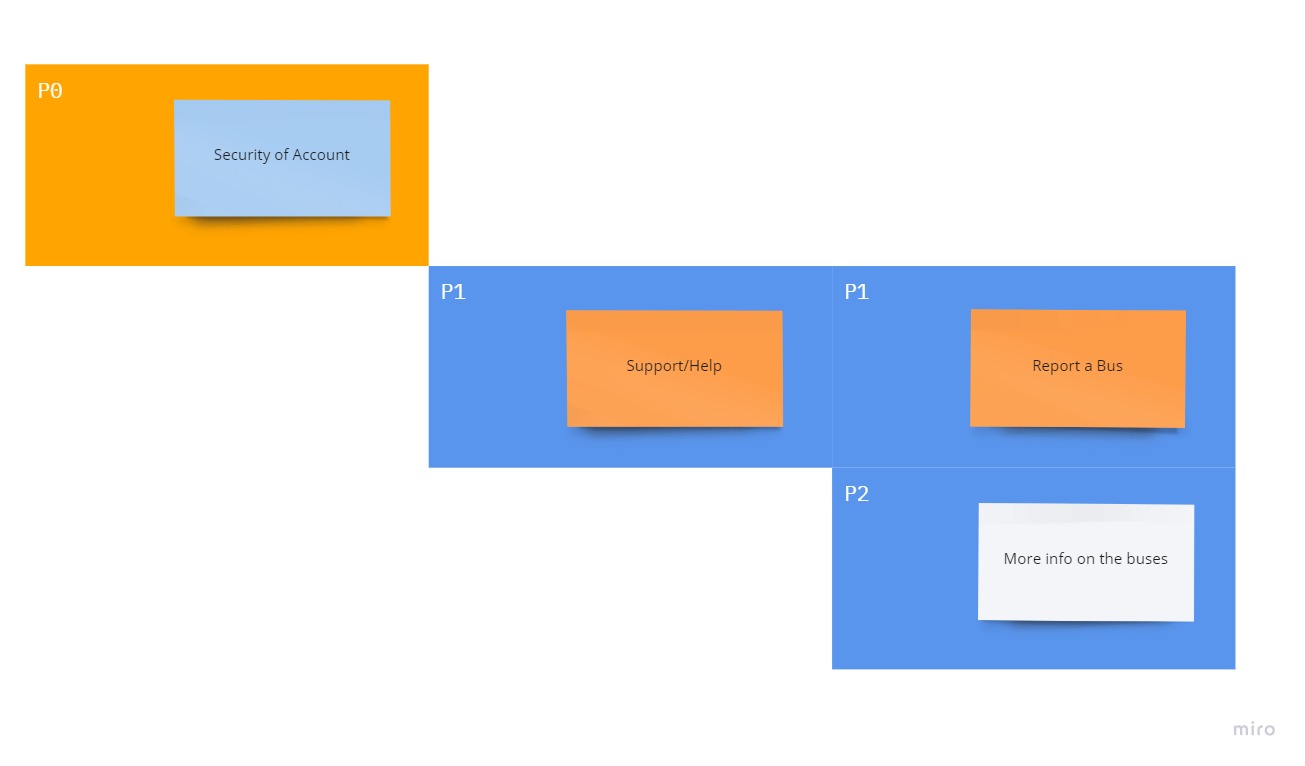
Takeaways and Challenges
After a second usability study, Participants complained about the payment structure of the app as it was difficult to comprehend.
Another point mentioned was the identity of the app, as users in the region are used to seeing the colors of the country being associated with products.
Understood ways to design an experience holistically, A products design is not just about the aesthetics but it goes beyond that; it takes into consideration the context of human interaction and incorporates it into the product ecosystem.
Need to improve on methodologies to test product design.
Ability to measure a projects timeline in regards to known and unknown risks.
One important learning was the limitation of using the mobile GPS system for triangulation as the battery life for the devices were not able to last for as long as services periods.
Need to find a way to generate revenue for sustainability as initial idea was not well received.
